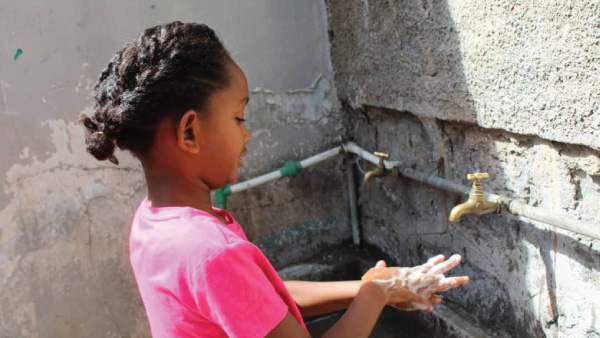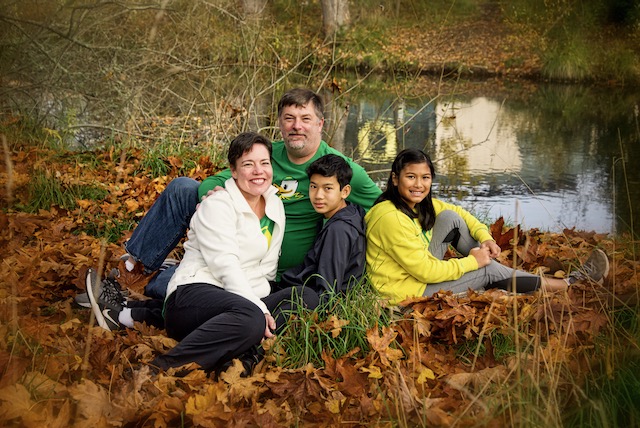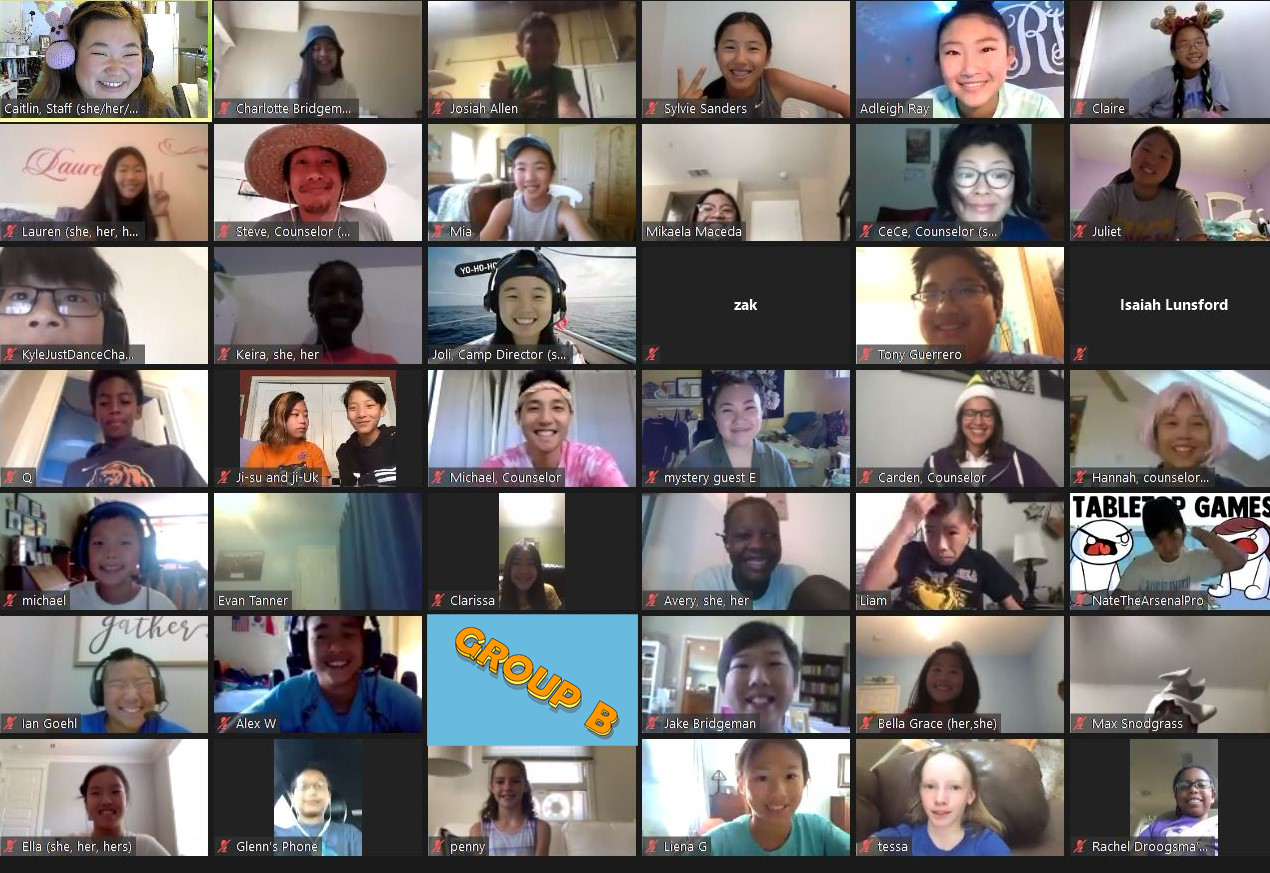All around the world this year, school will look different due to COVID-19. But whether children are physically in a classroom, or learning from home, your gifts will help children continue to learn and stay safe from early marriage and forced labor during this time of global crisis.
Here are the current back-to-school plans in each of the countries where Holt kids live!
Whether a child is the daughter of migrant workers in India, lives near the Red Stone garbage dump in Mongolia, or has Down syndrome in Vietnam, education is vital to helping every child overcome poverty and reach their potential in life. It is also a cornerstone to the help that you provide through Holt.
But what about this year? What does back-to-school look like during a global pandemic?
As the beginning of a new school year approaches, children, parents, teachers and Holt teams around the world are navigating what the year ahead might look like.
In every country where you support children, communities are monitoring the spread and effects of COVID-19 for them locally, and back-to-school plans vary from region to region. While many countries are mandating at-home learning, some are planning for children to safely resume in-person classroom instruction. As we pay attention to back-to-school plans for children in each of our country programs, we know that even the most well-formed plans could change at any time. But around the world, our teams and partners on the ground stand committed to advocating and providing for each child to get the best education possible, even in this unprecedented time.
In these months that children have been home from school, many of them have also started working to help earn income for their families. As time goes on and going to school is in the more and more distant past, child welfare experts worry that parents may decide not to send their children back — even when schools reopen. In addition to engaging in child labor, out-of-school children are at greater risk of falling prey to traffickers, or even becoming a victim of early child marriage. Around the world, Holt’s on-the-ground program directors say that right now is a critical time for children to continue their education — whether by returning to school or actively studying at home.
And children need support now more than ever to continue their education! Just like any other year, children need books, pencils, notebooks and all of their other normal school supplies. But this year, children returning to school in person also need masks and hand sanitizer. And children learning from home will need even more support — such as special workbooks, wifi and access to digital devices.
Thank you for committing to children’s education, even through a pandemic. Keep reading to learn more about what school will look like for the children you support around the world.
*This information was gathered in August 2020
Cambodia
“Even though school are closed,” says Kosal Cheam, the director of Holt Cambodia, “our social workers still visit our children and families to give pocket money and emotional support to families, especially to encourage parents to be with their children when learning online or via TV. For the next plan, we will continue supporting our children to be back to school.”
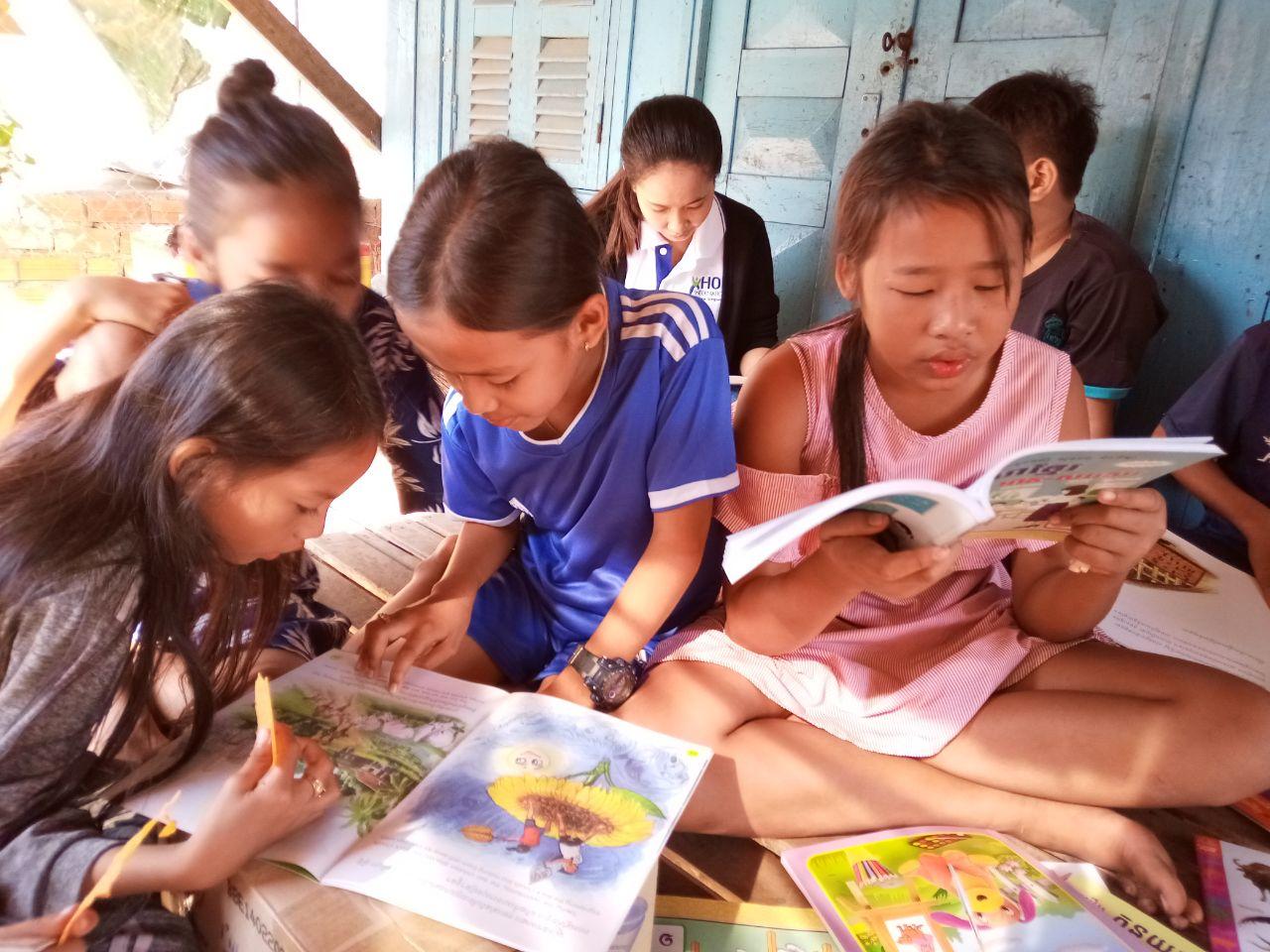
The Ministry of Education in Cambodia has a three-step plan for reopening schools to finish out the school year. On August 5, twenty primary and middle schools were allowed to reopen following strict COVID protection standards. High schools will open the last week in September. The third week in September, at least one university — where ten Holt-sponsored students are enrolled — plans to reopen, and other universities may follow suit. High schools should reopen by the end of September, and the new school year for primary and junior high students should start again for all students in November.
“We have prepared buying schooling materials for our children,” says Kosal.
China
Lifestyle — and population — differs drastically between the big cities and rural villages of China, and plans for reopening schools will vary accordingly. China was the first country hit by COVID-19, and schools in China were the first to shut down by late January and early February 2020. As of July, schools were beginning to open back up in the countryside.
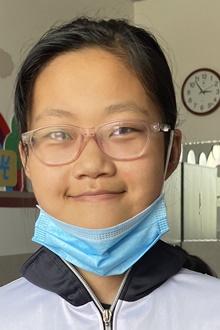
“Schools are coming back to normal,” says Jian Chen, Holt’s vice president of China regional programs. When the school year resumes in September, many children in larger cities will continue to learn online from home. But many children in more rural areas — including the majority of children in Holt programs — have already returned to the classroom while maintaining social distancing.
Colombia
“No plans for face-to-face schooling for now,” says Kim Dowd-Uribe, Holt’s director of adoption services in Colombia. Instead, children will learn at home and online — although this poses challenges based on whether or not children have internet access in their homes.
Ethiopia
Schools in Ethiopia have been closed since April 2020, and there are no plans for reopening yet. Children are learning from home, but this is difficult for children living in poverty who don’t have access to the internet. With the support of sponsors and donors, however, Holt staff and partners in Ethiopia are working to ensure children continue to learn in the rural communities where they work.
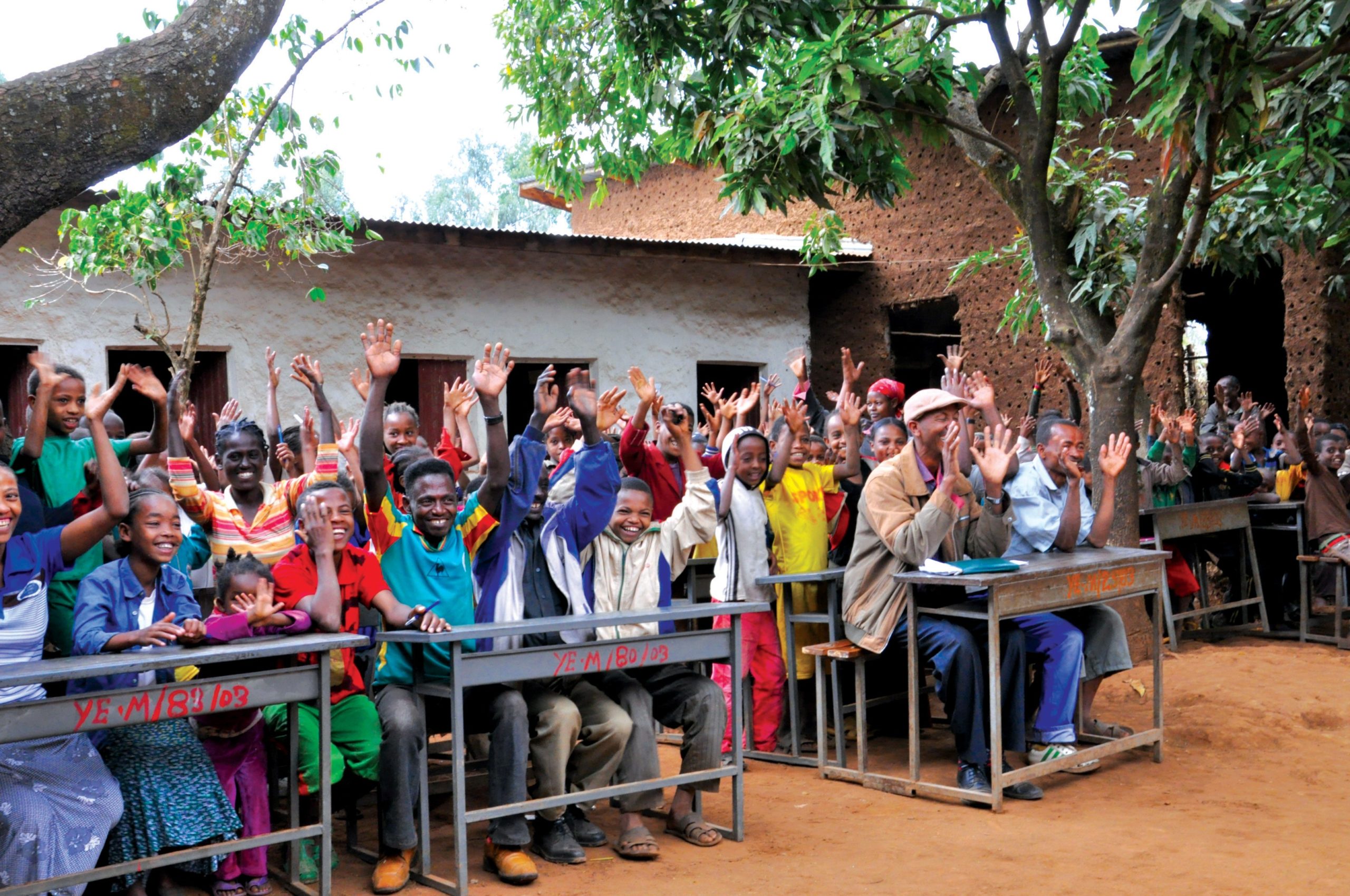
“We have been supporting our partners to help kids study at home,” says Zerihun Gultie, Holt’s country representative in Ethiopia. “Holt has been supplying educational materials and we also cover teacher and social workers’ expenses whenever they are traveling to the villages.”
Haiti
In Haiti, schools were closed months before COVID-19 even hit — but for a different reason. Starting in September 2019, children throughout the country were sent home from school due to safety concerns because of civil unrest and violent demonstrations. They returned to school mid-December, but then schools closed again in March because of the pandemic.
The Haitian department of education recommended that schools reopened in Haiti starting in August for about 50 days in order to complete the current 2019-2020 school year. In the first days of school reopening, there were still not many children going to school as parents were waiting to determine whether or not it would be safe. For the upcoming school year, which would typically begin again in October, the department of education has not yet given a specific recommendation.
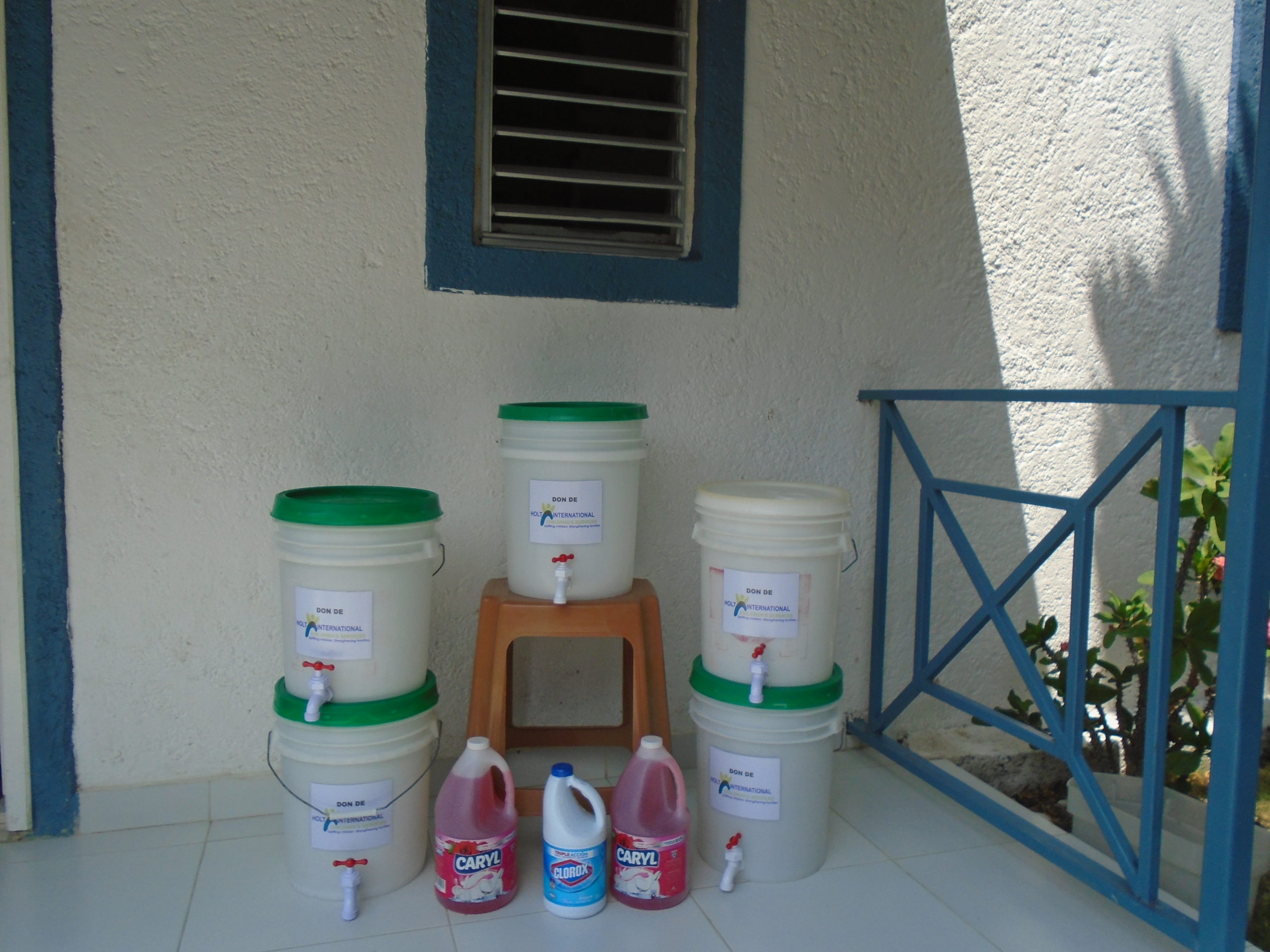
“It is going to be a school and parents’ decision to open or send children to school,” says Beverly Sanon, Holt’s country representative in Haiti. “It seems that some people will be waiting for the first few weeks before making up their mind about sending their children to school.”
India
After schools closed in the spring, the official school year started up again for children in July — mostly through remote online learning. But this was a much easier transition for some children and schools than it was for others. In India, children either attend private schools or government-run schools. And while private schools quickly adapted to online teaching, the government schools did not.
“The teachers are neither equipped nor trained on tools to use [for online school], and how to teach using this method,” says Jim Dé, the executive director of Shishu Sangopan Griha (SSG), Holt’s partner organization in Delhi. “For many of the kids in the government education program, it has been far from positive or useful.”
But an even bigger hurdle for children living in poverty is a lack of resources. While most families — even families living in poverty — have a smartphone, it’s usually shared between all members of the family. And whether a child lives in a city or in rural India, they rarely have wifi access for school. But Holt’s partner organizations are working to remove as many hurdles as possible so that children can study from home this year.
With the help of a volunteer IT specialist, SSG is currently developing tools for online classes for all the children in Holt’s partner program in Delhi. Additionally, they are working to acquire tablets for children living with foster families so that they too can attend online classes.
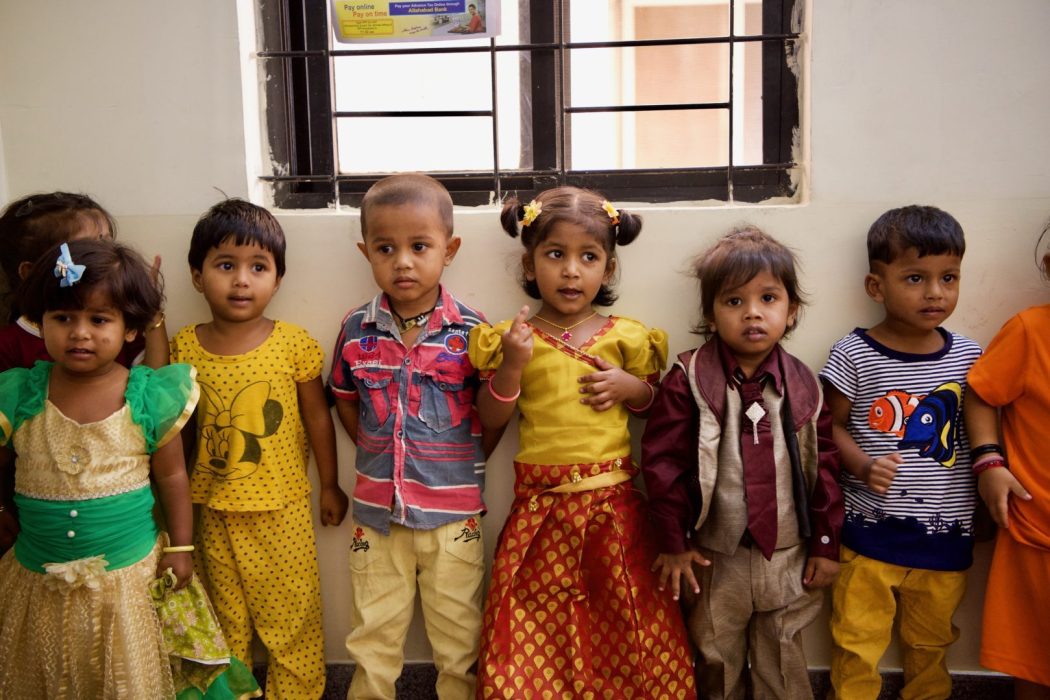
In southern India, children at seven different Holt-supported schools have also started online class. Other schools in the region are directing children toward local television channels that will provide educational material for children of all ages — and be accessible to families even without wifi or devices.
Mongolia
Holt staff in Mongolia have been using this time to make one of their school buildings a safer and more comfortable place for children to learn!
“During this period of school closures, we have been providing funding to make improvements to the facilities,” says Paul Kim, Holt’s director of programs for Korea and Mongolia. At the Red Stone School, an informal school for children living near Ulaanbaatar’s largest garbage dump, they’ve added additional insulation to the walls, replaced four exterior doors, and more.
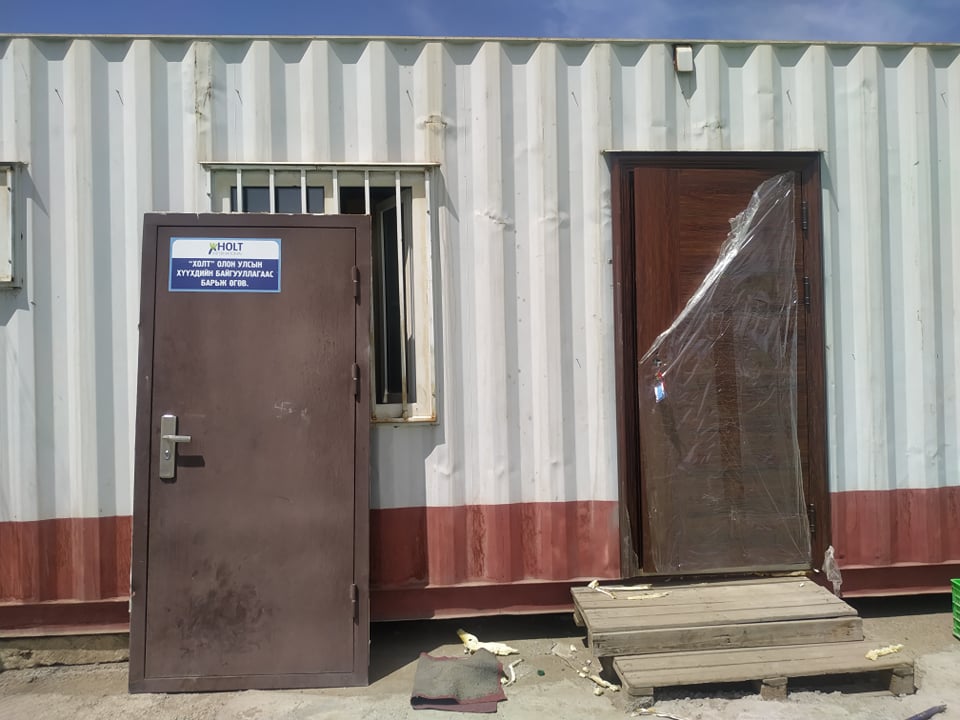
“All of the work will help to ensure that the children will have a warm and secure learning environment, and should make the structures more energy efficient,” says Paul.
If everything continues as expected, schools in Mongolia should reopen in September, although there are still some unknowns in regards to class size and other guidelines intended to help keep children healthy and safe.
The Philippines
In the Philippines, there will be no in-person learning in school buildings this year. But children will still be learning in a variety of ways from home!
Some combination of the above is how all Holt-sponsored children in the Philippines — students in elementary school through college — will learn this year. While the school year was set to begin on August 24, the department of education just announced that the new school year will begin on October 5 in order to give schools, teachers and students more time to prepare and gather the resources they need to be successful.
Thailand
In Thailand, school reopened for children on July 1. Across the country, children are attending in-person school for three days of each week, and then continuing with online school for two additional days. Because of this schedule, children can maintain social distancing at school and have classrooms of just 20 students at a time, per guidelines from Thailand’s health and education authorities.
In anticipation of this reopening, Holt’s partner organization in Thailand, Holt Sahathai Foundation (HSF), was busy preparing children with all of the materials they’d need to stay safe in school!
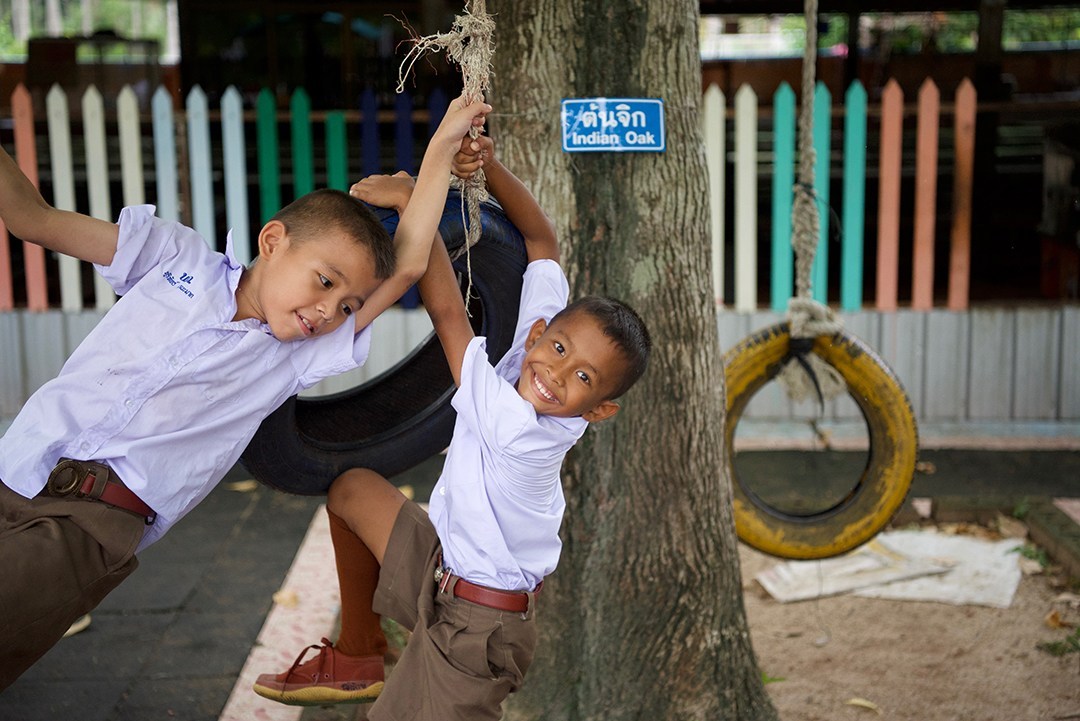
Near Bangkok, HSF is helping a school set up systems to keep children safe once they return — extra hand washing stations, plastic partitions between each student during lunch and more. HSF has started organizing extracurricular group activities for students twice a week after school.
As more and more parents have lost jobs and income due to the pandemic, ten more children have been referred to HSF’s education program in southern Thailand. These children will now have the resources and support they need to attend school this year.
Uganda
In Uganda, children have missed being in school!
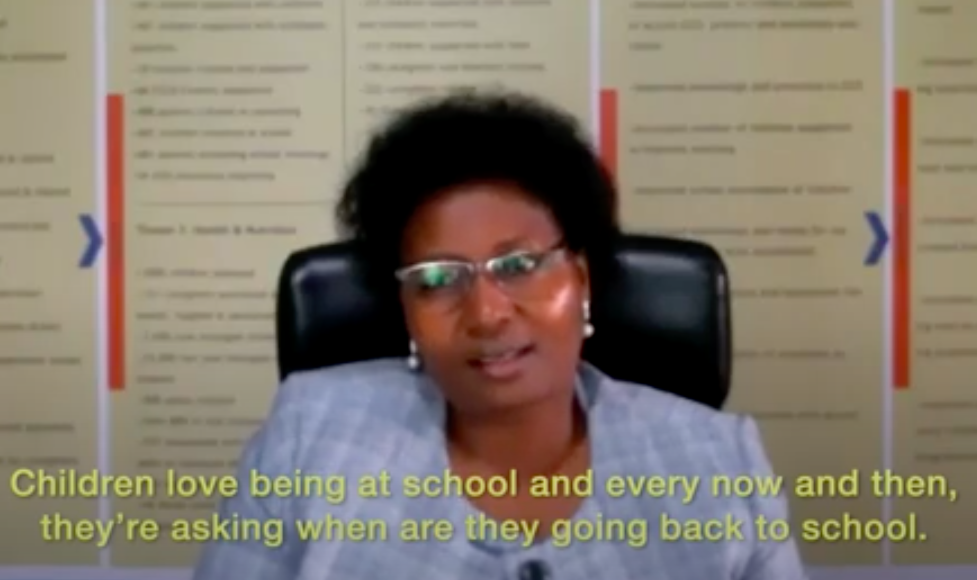
“Children love being at school,” says Lydia Nyesigomwe, Holt’s country representative in Uganda. “And every now and then they’re asking when are they going back to school.”
Currently, schools in Uganda are still closed and dates for reopening have not been released, but the Ministry of Education is coming up with a plan for schools to reopen.
In the meantime, the government has been sending learning materials to all children in the country so they can study from home. Families that live in cities and towns access them via television and social media platforms. Families that live in rural areas receive hard copies of these materials, along with educational programming through the radio. The government plans to purchase radios for families so that all children can access this educational programming, as well as so families can get updates about COVID-19.
Since the government began sending children learning material, Holt Uganda has received them, made copies and delivered to all children in their programs via a network of community volunteers.
“We have also continued to pay teachers teaching our children so that they can monitor and support children in the communities where they live,” Lydia says. “Thank you for all your support and prayers during this period.”
South Korea
In South Korea, students already returned to school in May. They have strict protective guidelines in place such as mask wearing, social distancing, and even clear plexiglass partitions surrounding each student’s desk on three sides. Students attend classes in the morning until noon, then learn from home in the afternoon. Students have been on summer break for the past two months, but will likely go back to school — following the same guidelines — in September.
Vietnam
Government officials, as well as Holt staff, are closely watching the spread of COVID-19. Cases recently increased in the district where the Holt-supported Kianh Foundation is located, a special school for children with special needs. In response, the school has closed until cases decrease again.
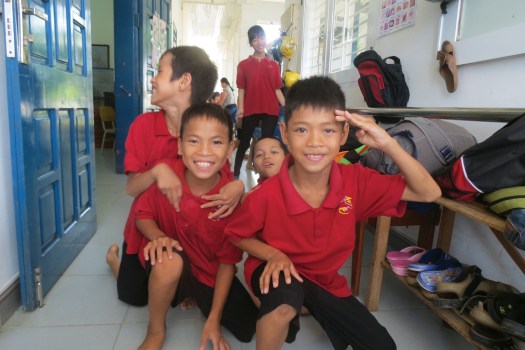
In other districts, children will return to school in person — as planned — as long as the spread continues to stay well under control.
“At this point of time, school will open in September,” says Thoa Bui, Holt’s vice president of Asia programs.

Send a Child to School
The gift of a scholarship covers tuition for one student to go to school for one year.
